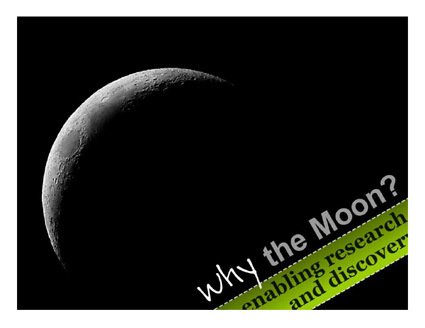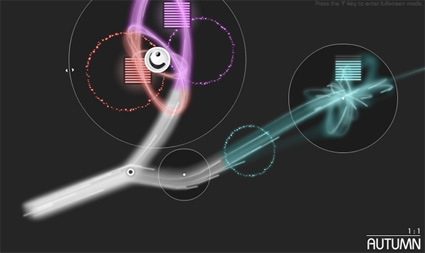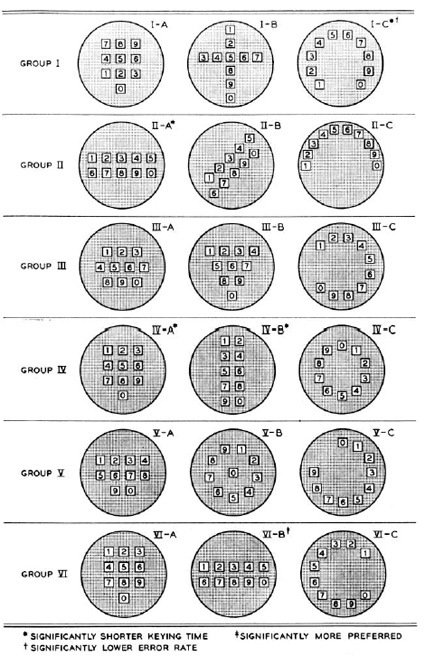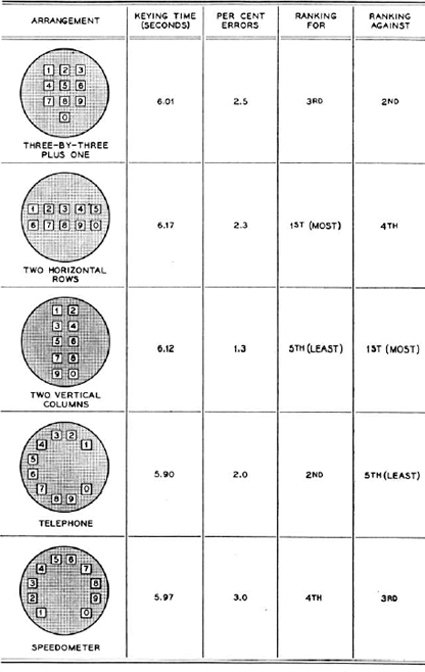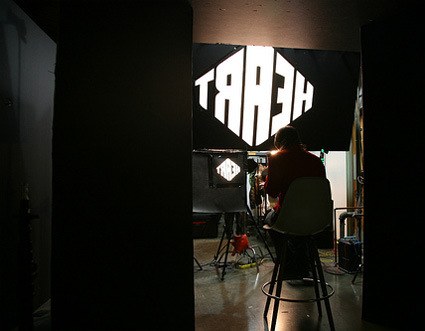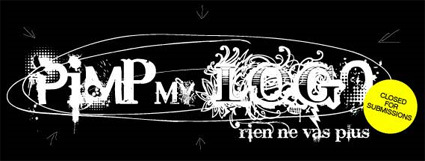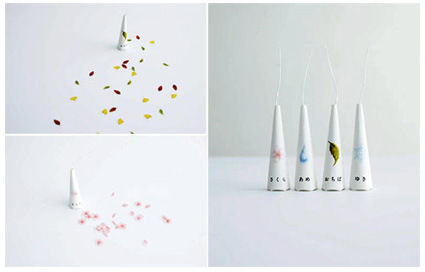The MUJI Award 03 results have been released – 1986 entries vying for the prize within the theme of “Found”:
For the coming MUJI Award 3, we want you to find “Found MUJI” from your viewpoint. Learn from the wisdom accumulated by our predecessors all over the world, find good points in such long-established merchandise, and convert them into a design that fits our modern life. We expect to see your “yes, of course” products that are also great in the modern age.
Here’s the Gold Prize winner – Straw straw:

That’s exactly what it is – a straw made of straw. Straws have long been replaced in manufacturing by extruded plastic. Straw Straw asks the question “why emulate nature with artificial plastics when nature’s own solution has already been there all along?”, returning back to the natural simplicity of a straw Straw – a reunion of natural material and form.
As judge Masaaki Kanai points out, his reaction was “That’s it – it’s exactly what it is?!”, and probably many are thinking that there is nothing particularly new nor inventive (straw straws were used before plastic straws were used). One might be expecting a stunningly clever new contraption that does something like never before, and be disappointed/confused by the choice for the Gold Prize.
For me it’s symptomatic of the society’s (or at the very least, MUJI and MUJI’s designer-judges) march towards not creating more things. And aptly for this year’s theme of “Found” – seeking the things that have been forgotten, buried, became niche…and restoring it to the consciousness of the mainstream. In that respect, I thought this was a deserving entry.
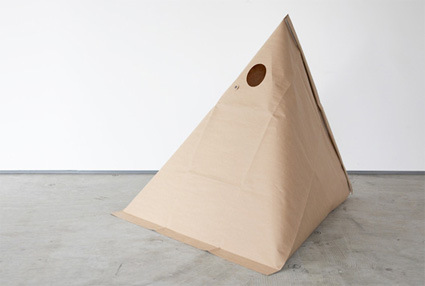
Silver Prize winner is Trash pack for outdoors – taking advantage of the natural structural properties of a pyramid (inspired by the shape of milk packaging commonly found in Japan) for stability, eliminating the need for additional layers of structure particularly for outdoor activities like picnics or camping.
For this concept, I do wonder a bit about disposal though. As the paper bag gets filled, how does one seal it? Paper bags or plastic bags have the natural handles that turn into tying mechanisms – how about this? It doesn’t seem to show through in the award images.
The Bronze awards are: Tachia Mat (hand-weaved straw that can be used as bedsheet); Grandpa’s Nail Hook (nails that have been designed to allow you to pound at it at a specific angle for hanging); Camelia washing-up Powder (byproduct powder from oil-production used as natural washing detergent); Second Skin (double layered cloth: one side soft and the other side waterproof, for flexible usage as towels, bags, poncho, etc.) and Precise Staper (a stapler that helps you align your paper for consistently accurate stapling).

Any comments on the winning entries?
